EXPERIENCES IN LANGUAGE EMPATHY
For clearer and more empathetic English communication to all lines of business and markets
PIVOT YOUR ENGLISH WITH LXD
Coaching Native Speakers Who Lead Non-native Speakers
Communication works both ways.
Just as the need for confident non-native speakers of English grows in the workplace, so too does the need for monolingual* business owners, employers and managers who come halfway in their communication style to collaborate and connect with non-native speakers.
Using Learning Experience Design (LXD), I’ve built a hands-on course that helps monolingual professionals pivot, or adapt, their communication style so that they can:
• Avoid language stereotypes and biases
• Have the confidence knowing that their message came in loud and clear with all members and stakeholders
• Develop a cross-functional and highly marketable toolkit in language empathy that dramatically increases productivity.
It sounds challenging to pivot to a more linguistically inclusive communication style in your mother tongue—but it’s as easy as starting with a new mindset, using a set of familiar strategies, and asking for regular feedback.
Together, let’s help you connect with all of your colleagues.
*speaker of one language
Plain-Language Writing Workshop
Many non-native speakers of English find the communication style of native speakers confusing and unclear in face-to-face conversation.
When the tone of voice and body language are absent in written communication in any language, messages can be misinterpreted and lead to misunderstandings.
Worse still, add in culture-specific English expressions in your writing, or less familiar business jargon, and then engagement with your team members, clients or other readers of your messages may sharply decline.
To avoid these risks, I also offer a short LXD course in plain language principles.
Let me help you, or your team, pivot your English writing to plain language principles that are clear and comprehensible to all.
What is plain language?
Plain language is a communication standard that governments and private organizations in North America, the UK, Australia and Europe have been using for decades to clearly communicate information to the average reader.
Studies conducted over the decades have demonstrated that average reading skills in most countries reach a high point during high school or college, but drastically fall back and stabilize to an 8th grade level (13-14 years of age) throughout much of adulthood.
Of course, that doesn’t mean you have to consistently write to a person who is in that age group, but having a toolkit of strategies you can apply to make yourself clearer to the widest possible audience is a definite advantage in any workplace.
What is LXD? (Learning Experience Design)
Training might help flatten the steep learning curve.
But while training focuses on what you need to know to do your job better, LXD, or Learning Experience Design, goes a step further.
LXD zeroes in on how we learn, and how to improve learning outcomes.
It uses a design thinking approach to:
Identify communication gaps in a workflow or project
Set up a variety of measurable goals
Test practical solutions through memorable activities
Finalize the best course of action, or product, for all stakeholders.
Learning Experience Design doesn’t train you so much as provide an engaging process of problem-solving and real learning that focuses on you, the learner.




